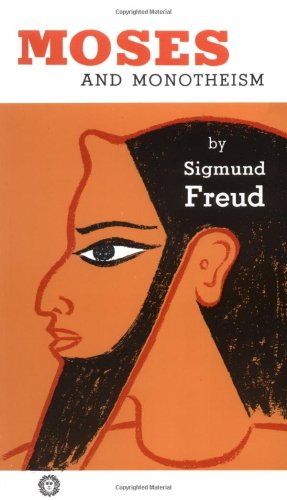A while back I wrote about free online courses (on more than one occasion). Back then I had somehow managed to find the time to go through not one, but three Stanford courses simultaneously. All three were of very high quality, in many respects.
Around the turn of the century some universities had started making their lectures available to the general public. This was a reasonable and predictable next-step from merely video taping the lectures for the on-campus (paying) students who had missed any or, well, just to make lectures more accessible. The cost of filming and editing these lectures are uncured once, so why not capitalize on it and make them available world-wide? It’d seem that this is how things started, with the possible hope of growing this into an e-learning branch that could make the university money, or, failing that, at least prove a good promotional campaign for more studentship.
The problem with this approach, from the student’s point of view, is that the lecture itself typically assumes in-person attendance. Even with the knowledge of the possibility of someone watching the replay having not personally attended, it was targeted to on-campus students who could meet with TAs or colleagues to get notes and other materials they missed. Also, any copyrighted materials were completely stripped away from these videos, to avoid any legal complications. (This was annoying in a sociology class that I was taking because all the social experiment videos were removed from the lectures.)
Enter Stanford and Coursera. The vision was free education primarily for the online viewer, wherever they may be. This meant a different format altogether. The presenter isn’t just walking about, talking to an audience of coming-and-going students (which I find very distracting even when watching at home,) rather they are prepared with material and equipment to explain theory and, where applicable, demo the concepts with experiments or walk-through. All of which is clear and legible. Coursera, an off-shoot of Stanford took this to the next logical step: a dedicated education platform for generation-next. I do not doubt that they could (if they already don’t) commercialize the platform by licensing to universities to cater for on-campus and online students alike.
As the offerings started to grow, some sites started aggregating online and free education sites. One particular site that was brought to my attention by a member of their team is OnlineCourses.com, which makes hundreds of courses reachable by listing, searching and creating custom course lists with the ability to track one’s progress as well. They also include reputable schools including Stanford, Yale and Harvard, among others. Coursera too has managed to grow their portfolio of subjects greatly as well. From a mere handful at the time of their start to possibly hundreds as I write.
A trait that makes OnlineCourses.com stand out is perhaps that they aggregate not just video lectures, but audio-only and text-only as well, which are differentiated by icons next to each. For someone interested in studying certain subject from reading notes, rather than by taking notes, text-only courses might be more suitable. For those who like to listen while working out or commuting, audio-only might be better suited, as the lecturer presumably would not refer to visual objects that the listener can’t see.
The state of online, free, e-learning resources is an embarrassment of riches. The three Stanford courses that I took, which admittedly required some extra reading and doing homework, took anywhere between 20 to 25 hours/week, including watching the lectures. With subjects spanning art, music and creative writing, to quantum physics and molecular biology, available from numerous universities, in some cases in multiple languages, taught by actual teaching professors, reviewing and choosing which to view (even casually and as a matter of interest) is time consuming (albeit, fun). Not to mention committing and actually putting in the effort and hours necessary to complete them.
It is truly amazing time this one we live in. No longer do we have to wonder about (or regret) the courses we didn’t (or couldn’t) take at school. We can, with the help of technology, visit these virtual classrooms to the content of our hearts. Even a casual, electronic attendance of 30-45 minutes a day can be very rewarding and, hopefully, fun.





